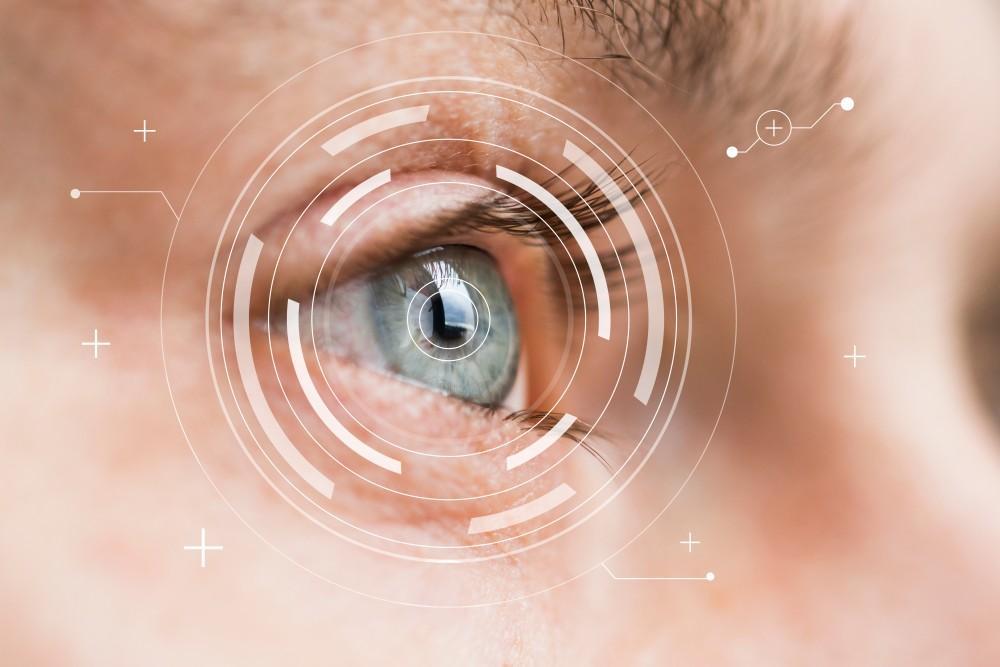
Common Signs of Keratoconus

Have you noticed some changes in your vision lately, and your eyesight seems to be worsening? Anytime you experience vision changes, don’t wait to see an eye specialist. Always make an appointment at the first sign of a difference in your vision.
Board-certified ophthalmologist Dr. Stephen Khachikian administers a thorough eye exam and performs several tests to determine if your eyes are healthy or if the beginning stages of an eye disease are present. Some eye diseases don’t present symptoms at first, and by the time they appear, your vision could already be compromised.
Keratoconus is an eye disease that presents worsening symptoms that can lead to vision loss. Sometimes, the symptoms happen slowly over a number of years; in other cases, your vision can worsen rapidly. Here are the signs to watch for.
What is keratoconus?
Keratoconus is an eye disorder that affects your cornea, the clear cover over your eye. If you have keratoconus, your cornea changes from a gently rounded shape that fits over your eye into a conical shape. Scientists don’t yet fully understand why individuals develop this disorder, but your family genes likely play a role.
Keratoconus symptoms
If you experience any of the symptoms below, please call our office for an appointment.
Sensitivity to light and glare
Does the glare of car headlights at night make your eyes so sensitive that you start to turn your head away reflexively? Maybe bright lights bother you so much that you want to put on your sunglasses inside.
Light and glare sensitivity can be signs of a number of eye conditions; keratoconus is one of them.
Worsening vision with changes in prescriptions
You’ve already changed your prescription this year. Now you’re noticing that your vision still isn’t as sharp as it was when you first got the prescription. Your nearsightedness or astigmatism may be advancing.
If you’re changing prescriptions frequently through an optometrist, it’s time to see Dr. Khachikian, whose specialty is diagnosing and treating eye disorders. A common sign of keratoconus includes frequent changes in prescriptions.
Seeing halos around lights
Seeing halos around lights could simply be a sign of astigmatism, but it can also signal keratoconus, cataracts, and glaucoma, all of which cause vision loss.
Cloudy vision
Does there appear to be a film over what you see? Cloudy vision can signal a number of eye disorders, including keratoconus, diabetic retinopathy, and macular degeneration.
Blurry vision
Are objects less defined when you look at them? Blurry vision can signal common issues such as dry eye, nearsightedness, and farsightedness, but it can also be a symptom of serious eye disorders such as cataracts, glaucoma, or cornea damage.
Distorted vision
Does the world look distorted? The lines on your window blinds might look slightly bent or curved, for example, and how you see things makes reading or driving difficult. A cone-shaped cornea common with keratoconus means your eye can’t focus light properly.
Treatments for keratoconus
Several effective treatments for keratoconus are available for this condition depending on its stage and severity. You may only need new glasses or contact lenses. Dr. Khachikian may use special eye drops and UV light to stop the progression of keratoconus.
He can also perform cornea surgery to place an implant in your cornea or provide a corneal transplant if needed.
Call Stephen Khachikian, MD, in Rapid City, South Dakota, or book an appointment online today for expert diagnosis and treatment of eye conditions that can harm your vision.
You Might Also Enjoy...


I’m Not a LASIK Candidate. What About PRK?

Telltale Signs Your Eye Problem Is a Cornea Issue

Why Are Cataracts Common In Seniors?

Can You Prevent Keratoconus From Getting Worse?


